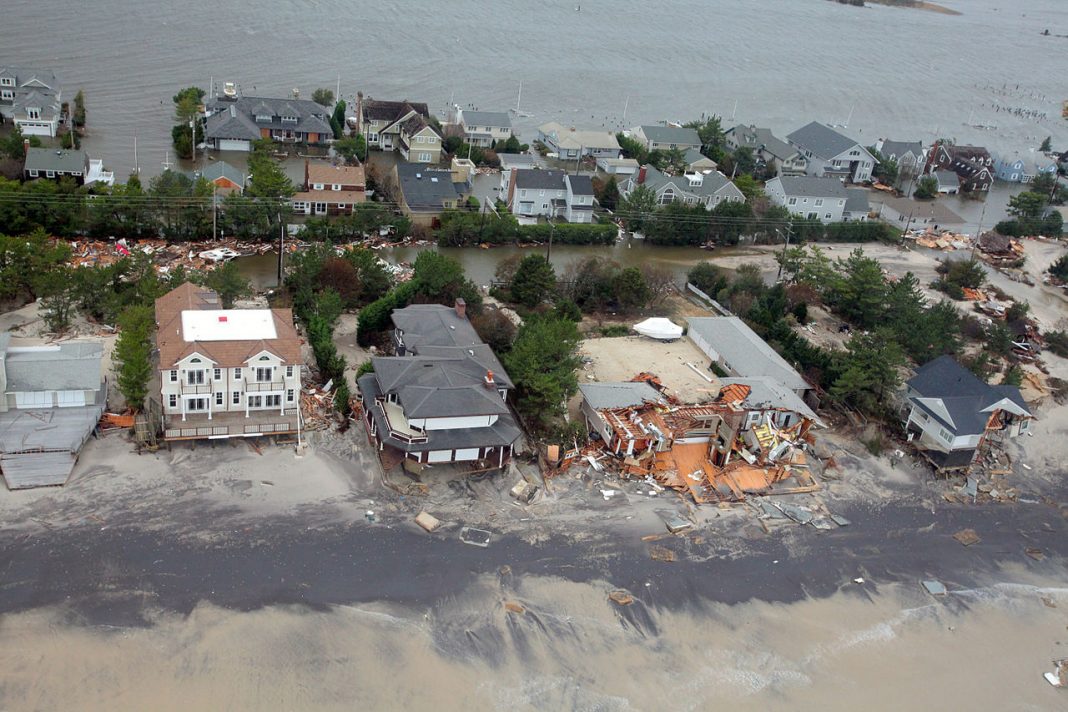Twitter has been around for quite some time now and with over 328 million active user accounts it’s proved itself to be one of the most popular forms of social media out there. So, with all of these users and with more than 500 million tweets per day, researchers from the Penn State College of Information Sciences and Technology (IST) are suggesting the platform could be used for much more than a social media chat place, including being used to help communities respond effectively during a disaster situation. Being able to effectively monitor a disaster situation in real-time is something governments and relief organizations have never been able to do. They may be good at responding to a crisis and dealing with the after effects, but how can they ever be there while it’s happening?
Well, the answer lies in social media according to IST researchers. A recent case study demonstrated how social media can alert first responders. They took tweets sent during Hurricane Sandy, and the power outage data supplied by utility providers in New York, New Jersey, and Pennsylvania. In doing this the team was able to create a system for detecting events. Then, after isolating tweets that included keywords like, “power”, “outage”, and “utility” the posts were cataloged by the hour and compared to outage reports from the same time period. After analyzing the two sets of data, the researchers found that Twitter was able to report power outages quicker.
Nick Lalone, a doctoral student and principal investigator of the study explained, “We were able to show these two data points actually relate to one another. The goal [of this research] is to demonstrate that if the data stream changes, you can see what just happened. It would result in a real-time monitoring system.” One aspect of the study that Lalone is really interested in lies in helping first responders as he has close family that is both firefighters and paramedics. “We can count how many beds are in a hospital or how many people can be injured,” Lalone commented. “But we know people are producing all of this noise and we know it can be useful. But we’ve never been able to correlate or demonstrate it in real-time.”
What Lalone would really like to see is their tool (or another similar) can be used to really make a difference when it comes to disaster recovery. “The future is that we hope someone with ties to Homeland Security or the Red Cross will be able to put together this data when something happens and incorporate it into their official response,” he says. Say for example another hurricane occurs, instead of hanging around waiting for utility reports, officials can actually deploy help immediately by using this tool.
There are of course hurdles to overcome first, however. As with any social media platform, there is a matter of user privacy that must be considered and not all users may like government officials having access to their data, even if it’s just in a disaster situation. But then, that’s the role of the IST as Lalone explains. “We take computer science and what the rest of the world is doing and get them to work together. We want to consolidate this data and make it useful for everyone.”
More News to Read
- Want to Learn PHP? Here are Tips and Sources to Start
- VIral and Human DNA combine to make Vaccines more Potent
- Are Twinkling Little Enzyme’s the Answer to Curing Cancer?
- New Experimental Drug Kills Cancer Cells When Combined With Chemotherapy
- Scientists Discover New Hair Growth Technique Using Stem Cells










